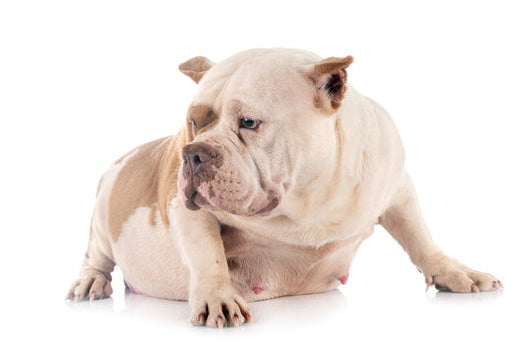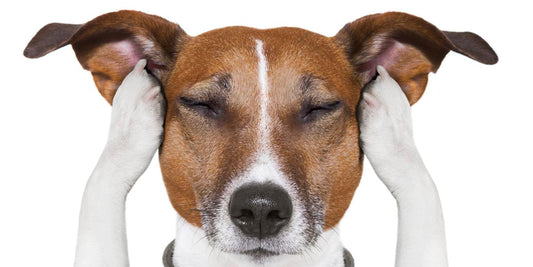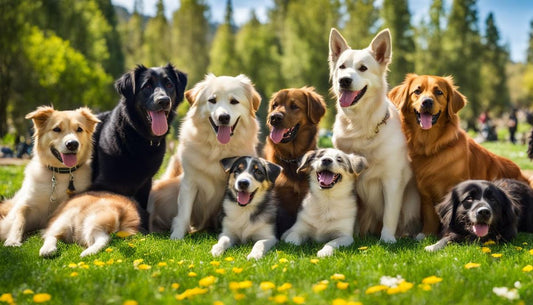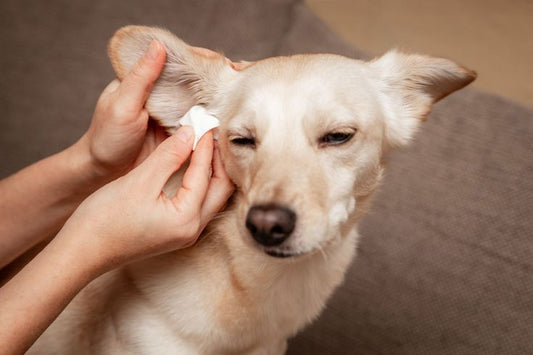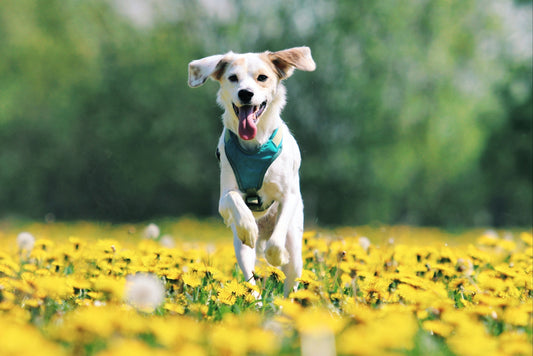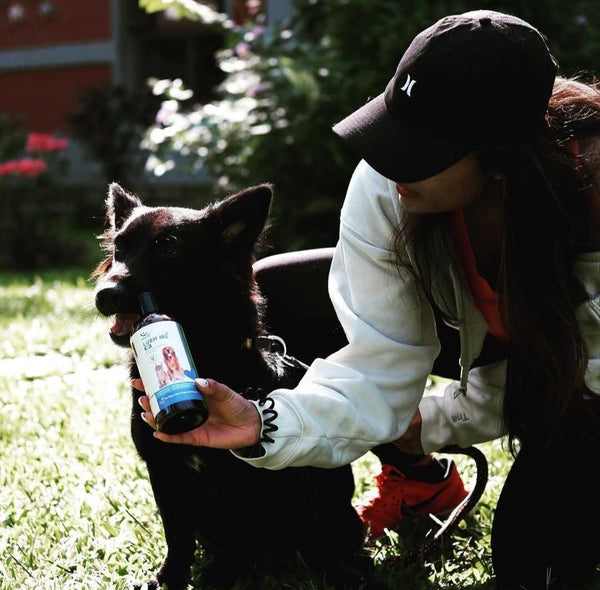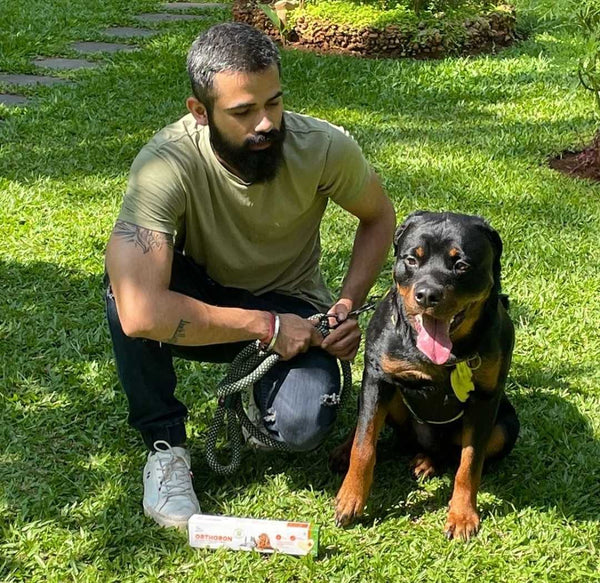
Remember seeing a plump dog? They sure look cute and cuddly but they are probably suffering from pet obesity. As per the Association for Pet Obesity Prevention, close to 50% of dogs and 60% of cats in the US are either overweight or obese. However, the conflicting advice that many veterinarians and animal welfare organizations give on nutrition and diet is not particularly helpful. This is very concerning because obesity in pets is related to diseases like metabolic problems, cardiovascular diseases, joint disorders and immunity problems. What is even more concerning is that pets who’ve lost weight during a program, gain it back within the next 12 months. This means that sustained weight loss can be a roadblock for many pet families. So how can you make sure that your pet leads a healthy lifestyle? Here are a few tips:
- Limit the treating: Many times, the habit of overfeeding our pets starts with simple treats. We can feel guilty for having left them for so long or maybe they’ve done something right and we want to reward them. However, this can spoil them, especially pet dogs, as they come back asking for more and with their puppy eyes, who would deny them?
- Increase frequency: By feeding your pet twice or thrice a day instead of one big meal, you’re making their body and metabolism work harder to digest and preventing them from being lazy.
- Exercising is crucial: Just getting in some exercise once a day, be it walking or playing, can make a significant difference in your pets’ metabolism. Take your pet dog to a dog park so it can socialize and run around and as for your pet cat, there are plenty of fun games to play with your cat.
- Visit your vet often: Getting regular check-ups is as necessary as maintaining a healthy lifestyle. Your vet can often recommend diet changes (and the correct diet for your pet) and you can keep obesity at bay by following them.

